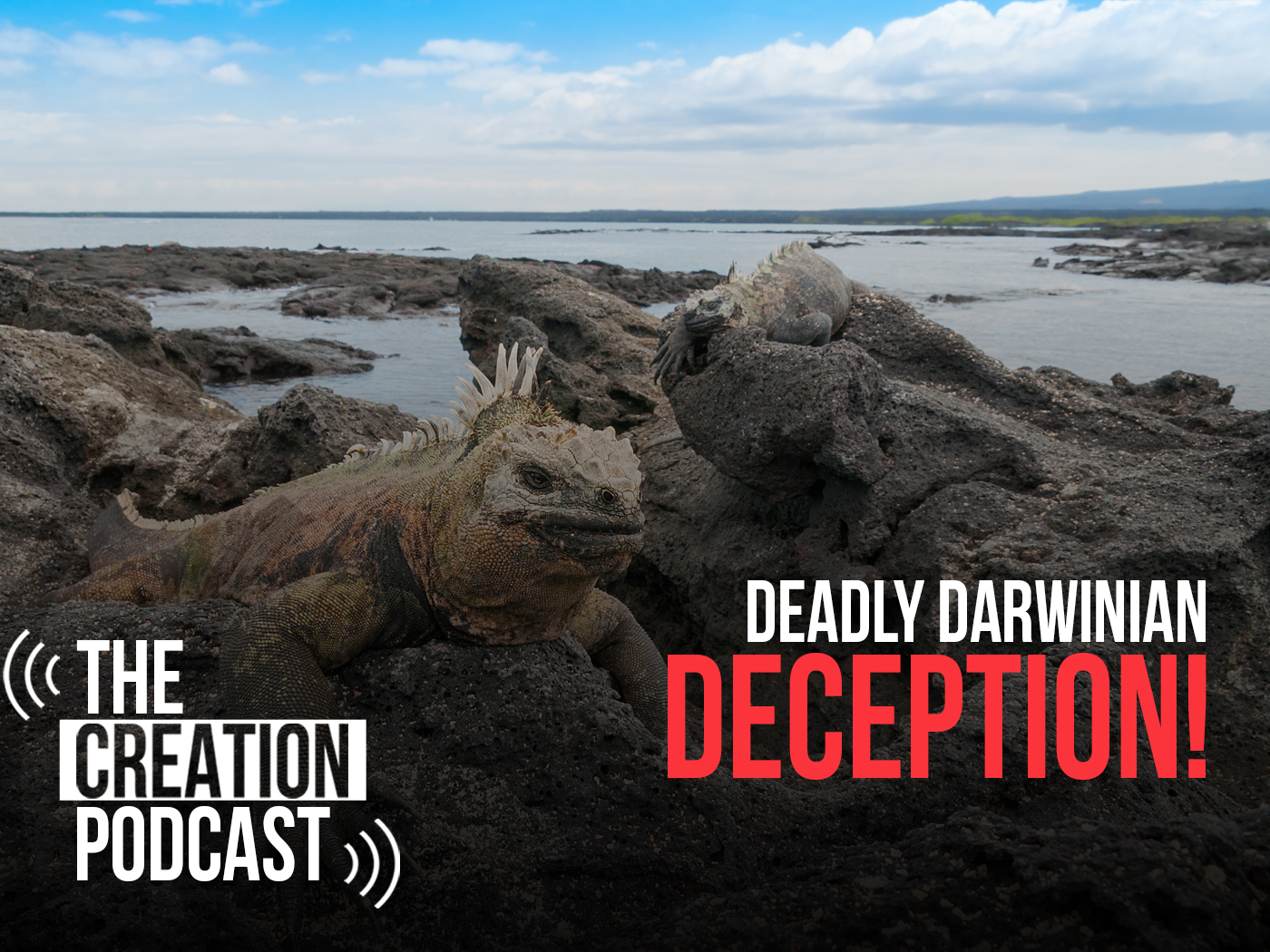Plankton is a generic term for small marine creatures such as algae, bacteria, and protozoa. Although tiny, they are packed with incredibly intricate submicroscopic structures. This complexity isn’t surprising since many of these entities are photosynthetic, able to turn light energy into sugars needed for life’s energy. This process of photosynthesis is surprisingly complex.
Bacteria and single-celled algae have been found to produce a sulfur compound called dimethylsulphoniopropionate, or DMSOP for short.1 This find led to an explanation of the origin of huge amounts of sulfur in the global sulfur cycle—perhaps billions of metric tons of new sulfur annually. This is significant because researchers discovered “a completely unexpected shortcut in the cycle.” A chemist from the University of Jena states, “Our current insights have once again revealed what an incredibly complex and effective system is hidden away in plankton.”2
Plankton has been designed with sensors on its cell surface that allows it to move in and fill the marine ecosystem that has “different salt contents and oxidative stress.” Creation scientists believe these metabolic pathways—including the recently discovered shortcut pathway—were there since “the beginning.” In addition, the created plankton’s internal biochemical features, not the exposure to the environment, define an exposure as “stressful.”
There is no such thing as simple life. If it’s living, it’s complex. ![]()
There is no such thing as simple life. If it’s living, it’s complex. Evolutionists state life somehow came from non-life, but they don’t know when or where life appeared on Earth. Two authors suggest the oldest fossils ever discovered appeared “3.5 billion years ago”3 while two other researchers state, “The appearance of oxygenic photosynthesis on Earth [was] about 2.5 billion years ago....”4 All four authors agree that these bacteria-like organisms were photosynthetic.
As stated above, amazingly complex processes are still being discovered in allegedly simple life. And each discovery points to the Designer.
References
1.Thume, K. et al. 2018. The metabolite dimethylsulfoxonium propionate extends the marine organosulfur cycle. Nature. 563. 412-415.
2. Garrison, T. and R. Ellis. 2016. Oceanography, 9th edition, Independence, KY: Cengage Publishing, 16.
3. Nelson, D. and M. Cox. 2017. Principles of Biochemistry. NY: W. H. Freeman, 776.
*Mr. Sherwin is Research Associate is at ICR. He has a master’s in zoology from the University of Northern Colorado.
Article posted on December 13, 2018.







